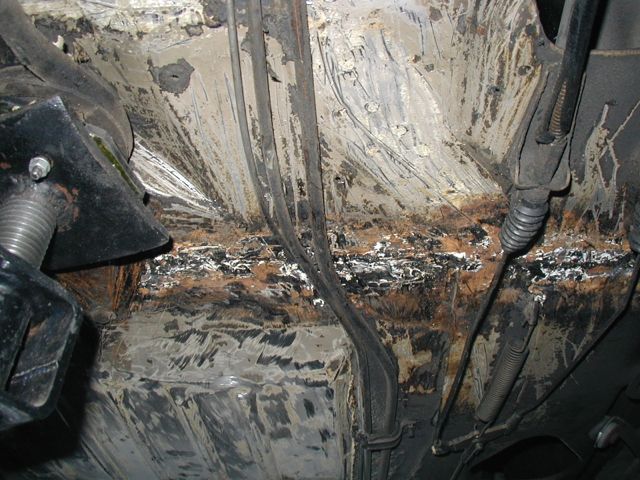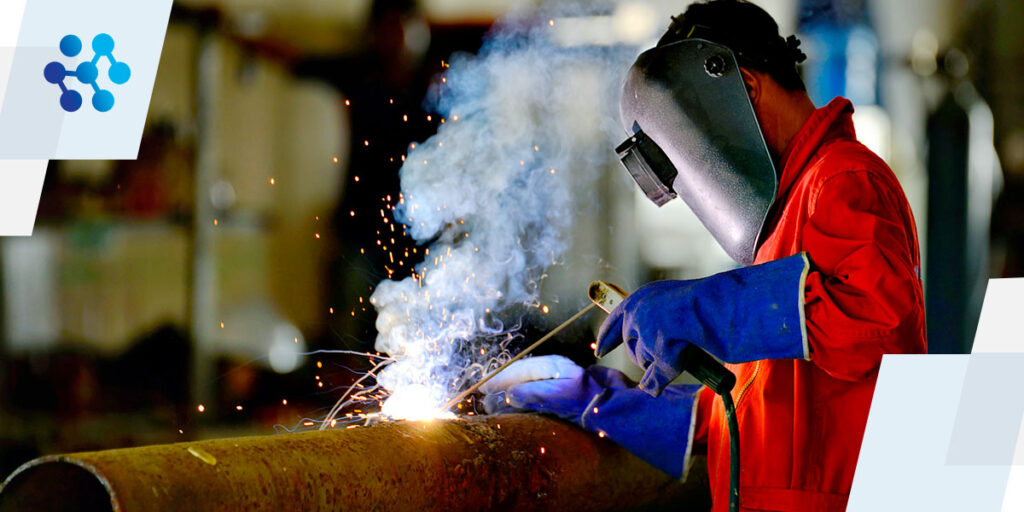Everything about Welding: Key Insights Into Techniques and Ideal Practices for Success
Welding incorporates a selection of methods, each fit for details materials and applications. Recognizing these approaches, such as GMAW, SMAW, and TIG, is necessary for attaining suitable outcomes. The right devices and security techniques can not be neglected. As prep work and troubleshooting play vital roles in the welding process, understanding these aspects can significantly enhance the high quality of the final item. What are the essential factors that ensure a successful weld?
Recognizing Various Welding Strategies
Welding techniques encompass a selection of approaches, each suited to particular applications and materials. Amongst the most common techniques are Gas Steel Arc Welding (GMAW), Protected Steel Arc Welding (SMAW), and Tungsten Inert Gas Welding (TIG) GMAW, also called MIG welding, is prominent for its rate and convenience, making it excellent for slim products. SMAW, or stick welding, is preferred for its simplicity and effectiveness in outside settings, particularly with thicker metals. TIG welding offers precision and control, making it ideal for detailed job and non-ferrous metals (Montana Mobile Welding and Repair). Each method has its unique benefits and factors to consider, permitting welders to select the best approach based upon the task's demands, product type, and preferred end results. Comprehending these techniques is essential for successful welding
Necessary Welding Devices and Devices
While different welding techniques require particular abilities, the appropriate devices and devices are just as essential for achieving quality outcomes. Vital welding devices includes welding devices, which vary depending on the technique-- such as MIG, TIG, or stick welding. Protective gear, consisting of gloves, aprons, and safety helmets, guarantees safety and security and comfort during the procedure. In enhancement, fixtures and clamps aid secure products in position, ensuring accuracy in welds. Consumables like welding poles, cord, and securing gas are also important components that affect the quality of the weld. Additionally, tools such as grinders and cutters promote surface preparation and post-weld completing, adding to a professional result. Spending in top quality devices eventually enhances the efficiency and effectiveness of welding tasks.
Safety And Security Practices in Welding
Appropriate security methods are necessary in the welding sector to secure employees from potential hazards. Welders must use proper personal protective tools (PPE), including safety helmets with appropriate shading, gloves, and flame-resistant apparel. Ample ventilation is essential to reduce direct exposure to hazardous fumes and gases produced during the welding process. Furthermore, workers must be learnt the right handling of welding tools to stop mishaps. Fire safety measures, such as keeping combustible products away from the welding location and having fire extinguishers readily available, are needed. Regular assessments of tools and work spaces can assist identify potential dangers before they lead to mishaps. By sticking to these security methods, welders can produce a safer working environment and reduce threats connected with their trade.
Readying Products for Welding
Preparing materials for welding is an essential action that considerably influences the top quality and honesty of the final product (Montana Mobile Welding and Repair Welding). Proper prep work entails cleaning the surfaces to eliminate pollutants such as corrosion, oil, and dust, which can endanger the weld. Methods such as grinding, sanding, or using solvents are commonly utilized to accomplish a tidy surface area. Furthermore, making sure that the materials fit together well is crucial; voids can cause weak welds. It's additionally vital to take into account the positioning and positioning of the elements, as this will impact the convenience of welding and the last result. Ultimately, selecting the appropriate filler material and ensuring compatibility with the base steels is important for attaining strong, resilient welds
Tips for Getting High-Quality Welds
Accomplishing high-grade welds calls for focus to information and adherence to finest methods throughout the welding procedure. Correct joint prep work is crucial, making sure surfaces are tidy and free from impurities. Choosing the appropriate filler product and welding method based upon the base steels is important for suitable bonding. Preserving regular traveling speed and angle while welding can prevent problems and promote harmony. In addition, managing warm input is vital; extreme warmth can lead to bending and deteriorated joints. If essential, frequently checking the welds throughout the process enables for immediate modifications. Employing proper post-weld therapies, such as cleansing and anxiety alleviation, can boost the durability and stability of the weld, ultimately ensuring a successful end result.
Fixing Usual Welding Issues
Welding typically offers difficulties that can affect the high quality and honesty of the last item. Usual concerns such as porosity, irregular weld grains, and getting too hot can develop, each requiring details troubleshooting methods. Recognizing these problems is important for welders to boost their abilities and achieve optimal results.
Porosity Issues Clarified
Although porosity can commonly be ignored, it remains a critical concern in welding that can endanger the honesty of a completed item. Porosity refers to the presence of tiny gas pockets within the weld bead, which can deteriorate the joint and lead to premature failing. This issue generally arises from contaminants, wetness, or incorrect shielding gas coverage throughout the welding process. To alleviate porosity, welders ought to verify that the base materials are tidy and dry, use ideal protecting gases, and keep constant welding criteria. Routinely evaluating the tools and atmosphere can additionally assist identify potential issues before they materialize in the weld. Dealing with porosity efficiently is important for achieving strong, resilient welds that meet high quality standards.

Inconsistent Weld Beads
Irregular weld grains can substantially affect the top quality and strength of a finished item. Different factors add to this concern, including inappropriate traveling rate, inaccurate amperage settings, and irregular electrode angles. When the welder relocates as well quickly, a bead may appear narrow and do not have infiltration, while relocating too gradually can create too much accumulation. Furthermore, utilizing the wrong amperage can lead to either damaging or excessive spatter, both of which compromise weld stability. The welder's method, such as irregular torch motion, can likewise lead to unequal bead appearance. To mitigate these problems, welders need to concentrate on maintaining steady, controlled activities and ensuring correct devices setups to achieve uniformity in their welds. Consistency is key to accomplishing solid and trusted welds.
Overheating and Warping Issues
Extreme warmth throughout the welding procedure can cause substantial getting too hot and buckling problems, impacting the architectural honesty of the workpiece. These issues often manifest as distortion, which can jeopardize positioning and fit-up, making more assembly testing. Variables contributing to overheating include the option of welding criteria, such as voltage and take a trip speed, as well as the kind of material being bonded. To mitigate these issues, welders should maintain get more info constant travel rate and suitable heat input while keeping an eye on the work surface temperature. Furthermore, preheating or post-weld heat treatment can assist reduce stresses brought on by rapid air conditioning - Belgrade. Regular evaluation and adherence to finest practices are vital in stopping getting too hot and making sure the durability and dependability of welded frameworks
Frequently Asked Inquiries
What Are the Profession Opportunities in the Welding Market?
The welding market offers diverse job possibilities, consisting of settings as welders, examiners, designers, and educators. Experts can function in manufacturing, building, aerospace, and auto industries, taking advantage of strong demand and affordable incomes in various roles.
Just How Can I Boost My Welding Rate Without Sacrificing Quality?
To improve welding speed without sacrificing high quality, one ought to exercise reliable strategies, keep equipment, optimize settings, and boost hand-eye control. Routine training and seeking comments can also considerably contribute to attaining faster, premium welds.
What Accreditations Are Readily Available for Welders?
Many certifications exist for welders, including those from the American Welding Society (AWS), the National Center for Building And Construction Education and Research (NCCER), and various industry-specific companies. These credentials improve employability and show skill effectiveness.
Exactly How Does Welding Affect the Characteristics of Metals?
Welding influences the residential or commercial properties of metals by modifying their microstructure, which can cause adjustments in solidity, stamina, and ductility. Warmth input and cooling rates during the procedure significantly influence these product attributes.
Can I Weld Dissimilar Metals With Each Other?
